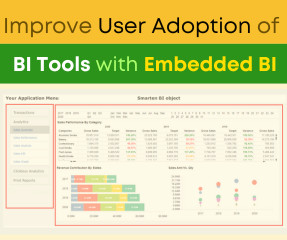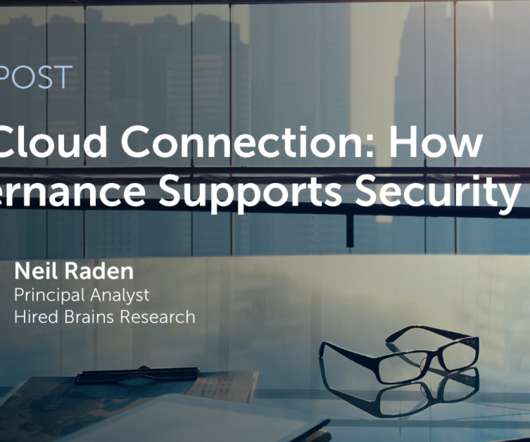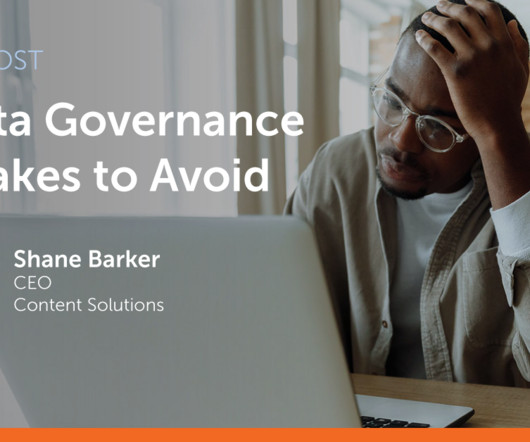How Getir unleashed data democratization using a data mesh architecture with Amazon Redshift
AWS Big Data
OCTOBER 23, 2024
Amazon Redshift is a fully managed cloud data warehouse that’s used by tens of thousands of customers for price-performance, scale, and advanced data analytics. This would necessitate the ability to securely share and potentially monetize the company’s data with external partners, such as franchises.



















Let's personalize your content